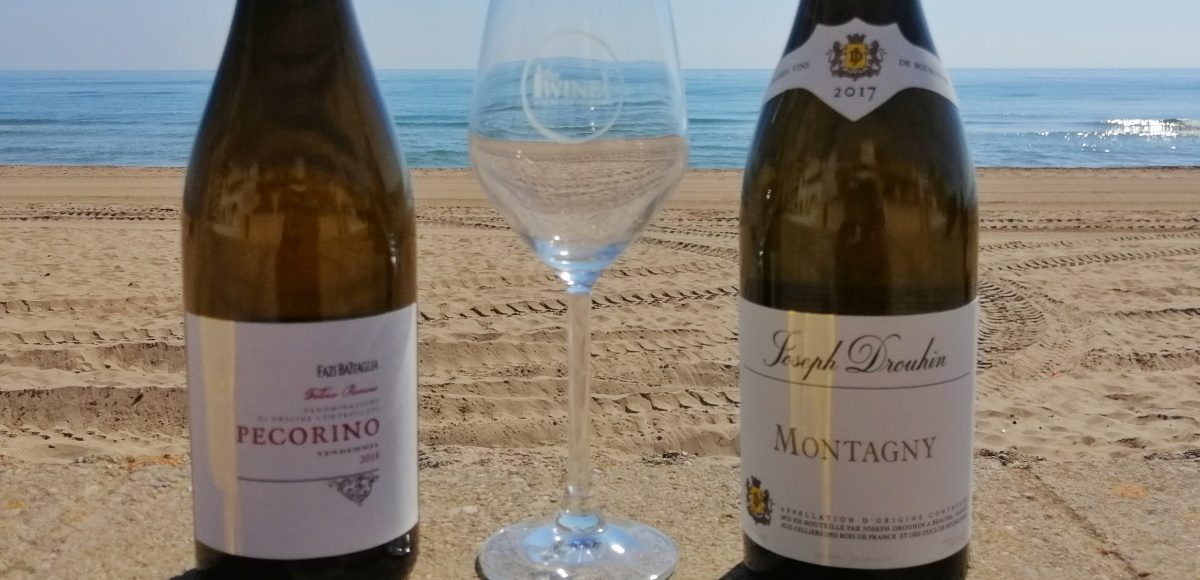The sun shines, grape ripen and wine is made. Why do some wines become wine superstars, command huge prices such as Vega Sicilia from Spain, Screaming Eagle from California, Domaine de Romanée Conti from Burgundy or Chateaux Margaux from Bordeaux, to name a few? What are the key factors that determine what makes a wine great?
Broadly speaking the natural factors that determine quality, style and price of wine are the grapes, the weather and the soil. At the same time the viticulturists and winemakers influence the quality, style and price but deciding which grapes to grow, wine making techniques, how the wines are matured and very importantly market demand.
Most of the top ‘superstars’ are made from four grape varieties; Cabernet Sauvignon and Pinot Noir for the reds, Chardonnay and Riesling for the whites. All these grapes are widely planted all over the world so it is not that they so rare, so obviously there are other factors.
Which grape to plant will be determined by micro climate and soil so the choices made in the vineyards are long lasting. Grapes ripen at different times during the late summer and also require different climatic conditions. For example, Pinot Noir is a sensitive grape and needs a moderate climate with well drained soils. If it is too hot the wines taste like over baked fruit, if it is not warm enough then the wines will be thin and acidic.
Great wines are made from grapes grown in vineyards that are looked after with great care. The grapes are picked when they are perfectly ripe, this requires precision timing to get the right balance of acidity and sugar.
Knowing the potential that each vineyard can produce requires many years of experience. Plots that are a mere 50 metres apart can make a huge difference to the quality of the grapes. This could be due to the orientation, especially in Germany where it is colder and therefore having had just enough sun during the day at the right angle will influence how the grapes ripen.
Once in the winery only the perfect grapes are used, this may result in up to 80% of the fruit being rejected, which will go to make second level wines, which by the way are usually worth looking out for.
The skill of the winemaker is crucial in carefully deciding what type of vessel to use to ferment the wine, followed by a post maceration fermentation, after which the wine is aged. They also have to know how to use the oak barrels for their wines to enhance the flavours and develop more complex flavours and textures in time.
How the wines are aged, for how long in what type of barrels will influence the style, quality and price. Choosing the finest oak barrels, which tend to be French, is expensive.
Most wines are made to be drunk young and do not improve with time. However, great wines take years to reach their peak and tend to be very closed when young.
Great wines are not made every year. Conditions have to be perfect. In Bordeaux, the rule of thumb is that there is a great vintage every five years. Then there is the question of supply and demand. Most great wines are made in relatively small quantities and demand is very high. Consequently, some of them traded like pieces of art at auction.
Above all, the reputations of great wines is established over many years. Most of the most well established names have had their ups and downs in terms of quality but at their peak there is something special that makes them a cut above the rest.










